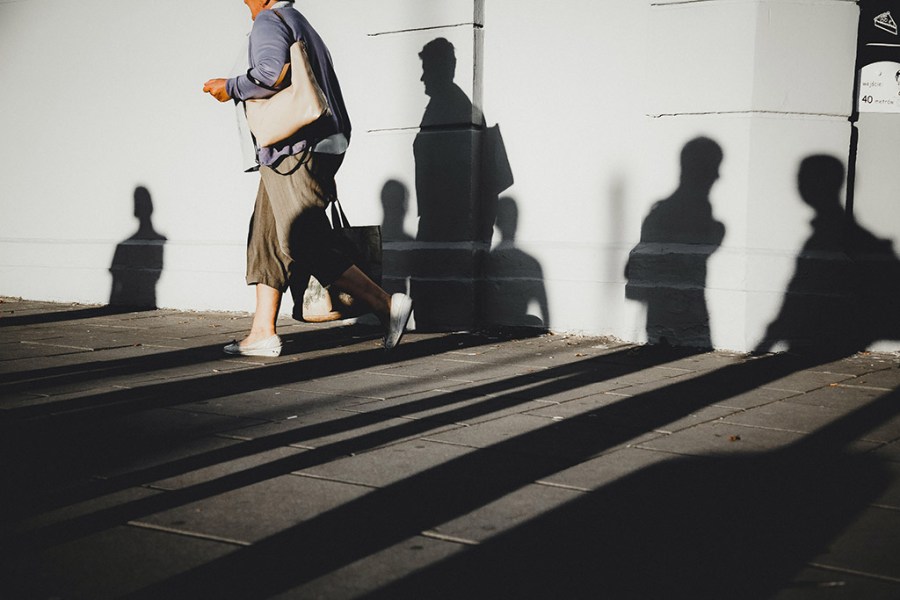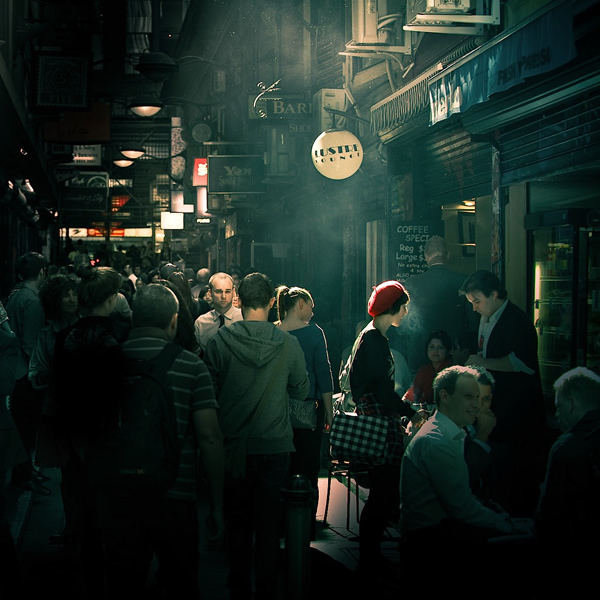Some Of Street Photographers
Some Of Street Photographers
Blog Article
4 Simple Techniques For Street Photographers
Table of ContentsNot known Details About Street Photographers The Buzz on Street PhotographersFascination About Street PhotographersThe Best Strategy To Use For Street PhotographersRumored Buzz on Street Photographers
Road professional photographers do not always have a social objective in mind, however they favor to isolate and catch moments which may otherwise go unnoticed.Though he was influenced by much of those that influenced the road photographers of the 1950s and '60s, he was not mainly curious about capturing the spirit of the road. The impulse to visually document people in public started with 19th-century painters such as Edgar Degas, douard Manet, and Henri de Toulouse-Lautrec, who worked side by side with digital photographers trying to capture the significance of city life.
As a result of the relatively primitive innovation offered to him and the lengthy direct exposure time required, he had a hard time to record the pressure of the Paris streets. He explore a collection of photographic methods, attempting to discover one that would certainly allow him to record movement without a blur, and he discovered some success with the calotype, patented in 1841 by William Henry Fox Talbot. While the digital photographers' topic was essentially the very same, the results were substantially various, demonstrating the effect of the photographer's intent on the personality of the pictures he created.
6 Easy Facts About Street Photographers Explained
Given the great top quality of his photographs and the breadth of product, engineers and musicians usually purchased Atget's prints to utilize as recommendation for their own work, though industrial passions were hardly his primary motivation. Instead, he was driven to photo every last remnant of the Paris he loved. The mingled interest and necessity of his objective sparkle through, causing photos that narrate his very own experience of the city, qualities that anticipated road photography of the 20th century.

Unlike his peers, Brassa made use of a larger-format Voigtlnder cam with a longer exposure time, forcing him to be extra calculated and thoughtful in his technique than he could have been if utilizing a Leica.

7 Easy Facts About Street Photographers Described
It is due to the fact that of this essential understanding of the art of image taking that he is commonly credited with rediscovering the tool all over once again approximately a century considering that its creation. He took photos for greater than a half century and influenced generations of professional photographers to trust their eye and intuition in the minute.
These are the questions I will attempt to answer: And after that I'll leave you with my own meaning of street photography. Yes, we do. Let's kick off with specifying what a meaning is: According to it is: "The act of defining, or of making something guaranteed, unique, or clear".
No, certainly not. The term is both restricting and misdirecting. Sounds like a road digital photography must be images of a streets best?! And all road photographers, besides a handful of absolute newbies, will totally value that a street is not the key element to road digital photography, and really if it's a photo of a street with possibly a few boring people not doing anything of interest, that's not street photography that's a snapshot of a street.
Some Known Details About Street Photographers
He makes a Bonuses valid factor do not you assume? However, while I concur with him I'm not exactly sure "candid public photography" will certainly capture on (although I do kind of like the term "honest photography") due to the fact that "road photography" has been around for a lengthy time, with lots of masters' names connected to it, so I think the term is here to stay.
Inside?! I hear you yell as you drink your hand to the sky. Why not? More Info You can shoot at the coastline, at a festival, in an alley, in a park, in a piazza, in a coffee shop, at a museum or art gallery, in a city station, at an event, on a bridge, under a bridge ...
Yes, I hesitate we have no option! Without rules we can not have an interpretation, and without an interpretation we don't have a genre, and without a genre we don't have anything to specify what we do, and so we are embeded a "policies meaning genre" loophole! And no-one desires to get stuck in a loophole. - Street Photographers

Report this page